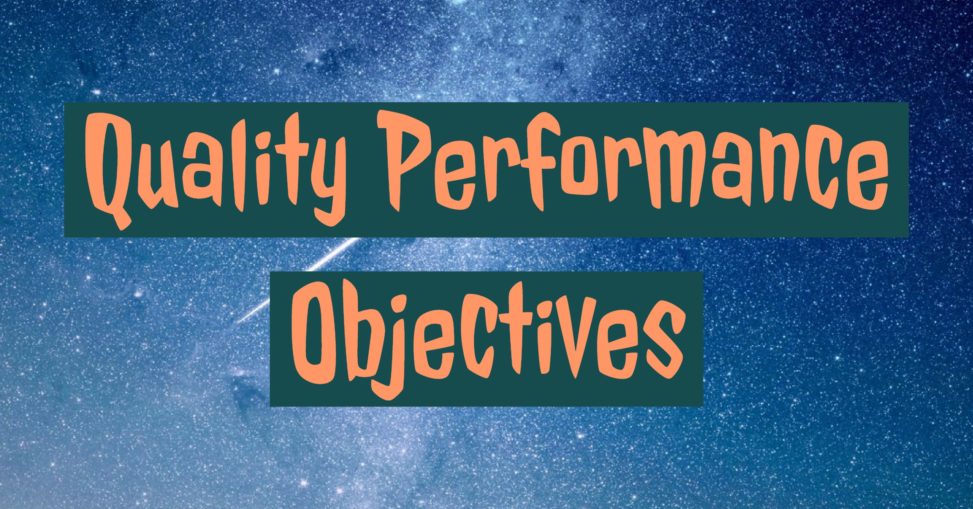Writing performance objectives is one of the more well-known components of the instructional design process. Performance objectives are sometimes referred to as behavioral objectives. The terms are important since essentially we will be looking to have learners demonstrate their learning through performing an observable behavior. There are of course many terms used and performance objectives are often called behavioral objectives, learning objectives, and instructional objectives. Instructional designers use performance objectives to describe specifically what the learners will be able to do after the instruction and an objective should be written for each skill in the skills analysis.
The other day two interesting things happened with regards to performance objectives. A friend on Facebook shared the frustration “Don’t they teach Bloom anymore?” referring to unmeasurable and vague performance objectives for a course she was reviewing. Later that day I was picking up a design project that I had been working on and noticed that in the learning objectives space I actually had the note “(general ideas make measurable later)” it made me laugh but it also reminded me that quality performance objectives are important and actually take effort to write, noted by the frustration of my friend and my own note to come back and put the effort in.
There are three basic components of a well written instructional objective they are the Conditions, the Behavior, and the Criteria. The instructional objective should begin with the conditions or resources the learner will have access to such as “When checking out a customer,” “From Memory,” or “With a six-inch chef’s knife.” The second component of the performance objective is the observable behavior the learner will demonstrate such as “correctly identify produce” or “finely dice produce”. The third component establishes the criteria for acceptable performance such as “so the kitchen orders do not back up” or “within 15 seconds”. Since the behaviors should have been identified in an instructional analysis the process of writing performance objectives should be simple and only require decisions regarding the acceptance criteria for each of the skills previously identified.
It is important to have clearly written performance objectives and it is also important not to over complicate the writing of the objectives. For a lesson on the states and their capitals, for example, a learning objective could be as simple as “Given the state” (our condition) “identify the capital city” (our behavior) “correctly 80% of the time” (our criteria).
Having an understanding of the specific domain of learning the different skills fall under and having an understanding of the taxonomies within those domains of learning can offer an important “shortcut” regarding the development of performance objectives. The taxonomies will have a collection of appropriate verbs for the domain and the level of complexity of the skill to be demonstrated.
It is common to find verb guides aligned with Bloom’s taxonomy of the intellectual domain. Having verb guides that align with the taxonomies of multiple domains is a useful resource for writing performance objectives which better guide the design of instruction.
As you write performance objectives, ensure that you have a quality instructional analysis to build from, that you include the three elements of conditions, behavior with an appropriate verb, and criteria that establishes acceptable performance levels.
Resources:
Here are a few verb guides that I find helpful to refer to from time to time:
Verb Guides for Intellectual Domain:
https://www.missouristate.edu/assets/fctl/Blooms_Taxonomy_Action_Verbs.pdf
https://www.apu.edu/live_data/files/333/blooms_taxonomy_action_verbs.pdf
https://www.cte.cornell.edu/documents/Assessment%20-%20Blooms%20Taxonomy%20Action%20Verbs.pdf
Including All Three Domains:
https://adp.uni.edu/documents/bloomverbscognitiveaffectivepsychomotor.pdf
https://www.uidaho.edu/~/media/UIdaho-Responsive/Files/provost/IEA/Assessment/Assessment%20Resources/1a_1b/slo_bloom_domains.ashx
References:
Dick, W., & Carey, J. O. (2009). The systematic design of instruction. Upper Saddle River, N.J.: Merrill/Pearson. http://amzn.to/2CYOrW1

Leave a Reply